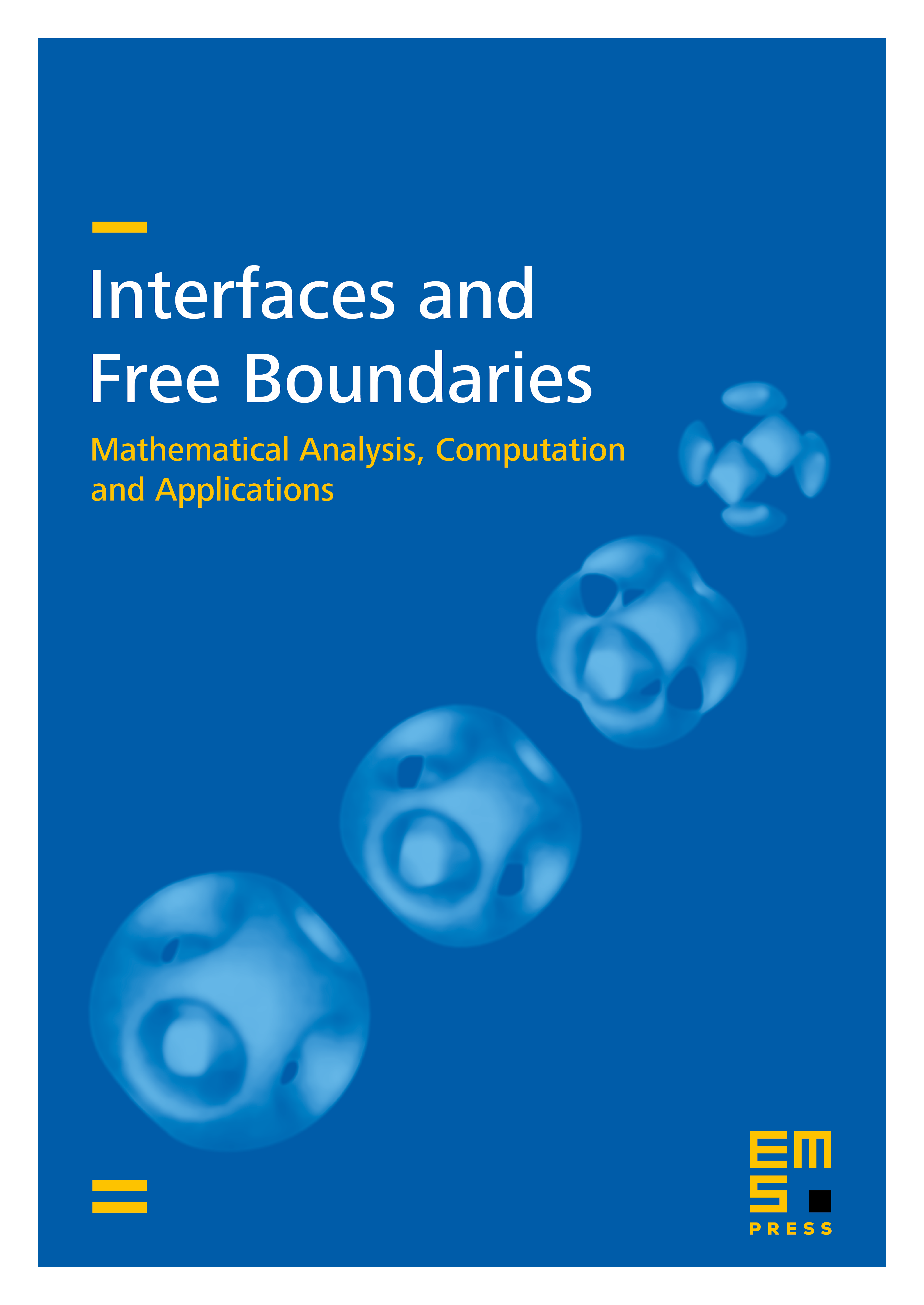Qualitative study of a geodynamical rate-and-state model for elastoplastic shear flows in crustal faults
Alexander Mielke
Weierstraß-Institut für Angewandte Analysis und Stochastik, Berlin; Humboldt Universität zu Berlin, GermanyTomáš Roubíček
Charles University, Prague; Czech Academy of Sciences, Prague, Czechia

Abstract
The Dieterich–Ruina rate-and-state friction model is transferred to a bulk variant and the state variable (aging) influencing the dissipation mechanism is here combined also with a damage influencing standardly the elastic response. As the aging has a separate dynamics, the overall model does not have a standard variational structure. A one-dimensional model is investigated as far as the steady-state existence, localization of the cataclastic core, and its time response, too. Computational experiments with a damage-free variant show stick-slip behavior (i.e. seismic cycles of tectonic faults) as well as stable slip under very large velocities.
Cite this article
Alexander Mielke, Tomáš Roubíček, Qualitative study of a geodynamical rate-and-state model for elastoplastic shear flows in crustal faults. Interfaces Free Bound. 26 (2024), no. 2, pp. 245–282
DOI 10.4171/IFB/506